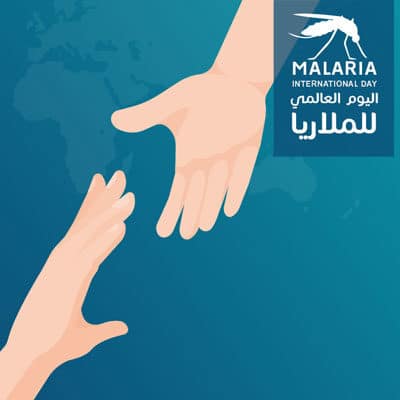
Documenting Global Efforts And Initiatives To Combating Malaria
Global efforts towards the fight against malaria can be dated as back as 1929 in Zambia, Africa when the Roan Antelope copper mine malaria program was established. The program not only provided administration of chloroquine to the local residents and treated bed nets but it was also in conjunction with ‘Environmental management.’ ‘Environmental management’ involved vegetation clearance, river boundaries modification, draining of swamps, and oil application to open water bodies. The collaboration was in fact quite fruitful in more than two decades.
Later research on Malaria started off during World War II as a result of the USA army’s effort in combating the disease in affected areas. In turn, DDT and Dieldrin were developed and used after the war in the Global Malaria Eradication Campaign. Successfully malaria was eradicated in Europe, USA, and Chile plus a remarkable reduction in South Asia.
Alike in most fights against diseases, resistance is usually experienced along the way. The World Health Organisation discovered re-emergence of malaria in the 1990s in Western Asia after 30 years when the disease had said to be eradicated. This was due to drug resistance, a factor that has contributed to the prevalence of malaria to date. For instance, chloroquine was a drug majorly prescribed in the 1990s but faced resistance from different forms of P. falciparum and P. vivax. The resistance got serious to the point that children who took chloroquine had a more likelihood of death than those who received other antimalarial drugs. Another cause of resistance was prolonged and incorrect use of antimalarial drugs as well as a lack of adherence to the full treatment dosage.
Although the world is still far from attaining complete eradication of malaria, it is no longer the ‘silver bullet’ as was considered in the early 2000s. There are global efforts and initiatives such as the Roll Back Malaria Campaign, The Global Fund to Fight AIDS, Tuberculosis and Malaria, and Malaria Foundation International (MFI) that were founded to facilitate combat against malaria. Most of these strategies have mainly focused on sub-Saharan Africa which was ignored by the earlier programs. They seek to control and not eradicate malaria and use ACT (Artemisinin-based combination) drug as it is the most modern and more effective malaria treatment.
In addition, in the efforts to create awareness in different communities, the programs form the partnership with the state governments, local banks, private sectors, and NGO’s. This collaboration smoothens the understanding and monitoring of the disease and its fight despite the diversity of different regions. Also, WHO has been facilitating some of these programs in the construction of health infrastructure thus boosting access to healthcare especially in poverty infested areas. In conclusion, with the continuous and intensive efforts and initiatives, there is still hope of complete eradication of malaria from the earth.
References
https://web.stanford.edu/class/humbio103/ParaSites2005/Malaria/history.htm




